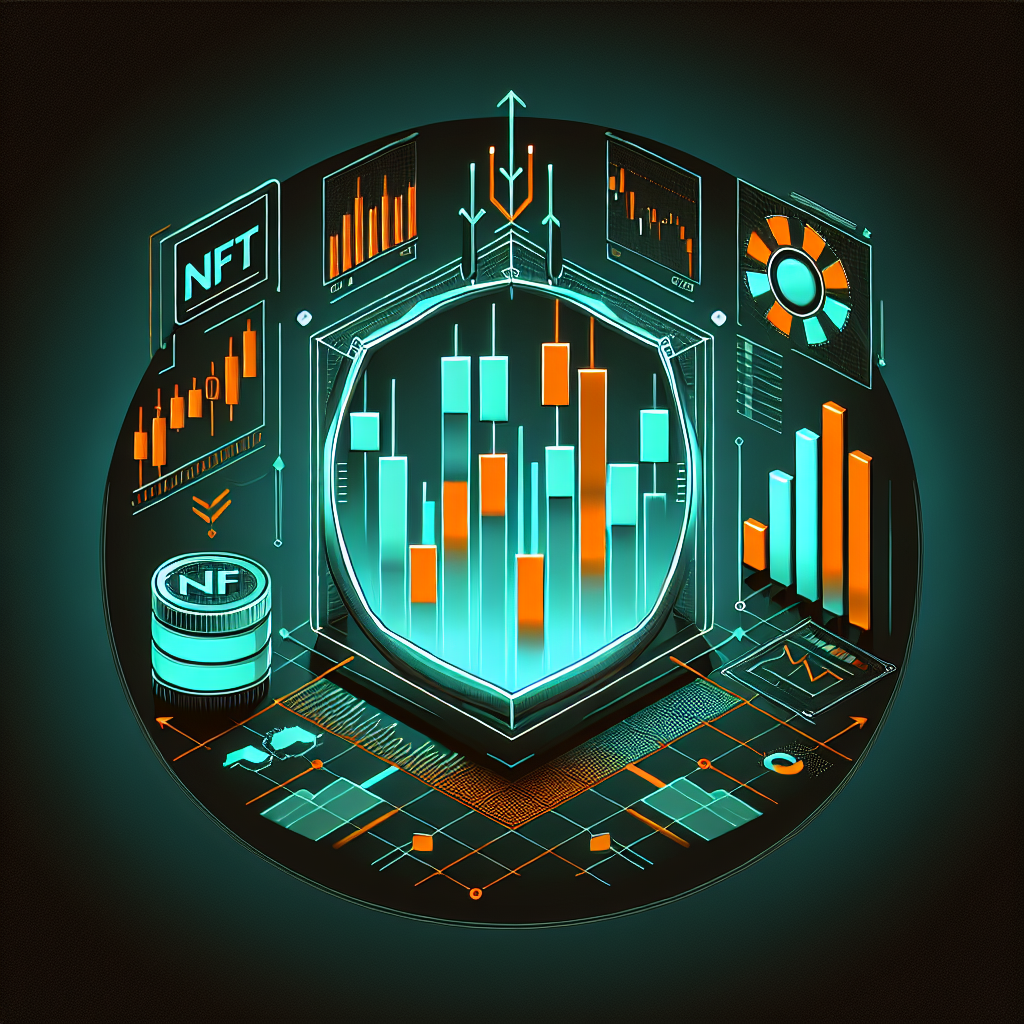NFT Portfolio Management: Valuation Metrics, Diversification Strategies, and Risk Assessment Frameworks

Introduction
NFTs have moved from fringe collectibles to a multibillion-dollar asset class in record time. As trading volumes grow and new blockchain networks launch, professional portfolio management practices are becoming essential for collectors, traders, and institutions alike. Yet the tools and frameworks that work for equities or cryptocurrencies do not always translate cleanly into the non-fungible realm. This article explains how to value NFTs, build a diversified collection, and assess risks using repeatable, data-driven processes. Whether you hold one PFP or a thousand on-chain art pieces, these strategies will help you protect capital and capture upside in a rapidly evolving market.
What Is NFT Portfolio Management?
NFT portfolio management is the structured process of acquiring, monitoring, and reallocating non-fungible token holdings to maximize risk-adjusted returns. Unlike fungible tokens, each NFT has unique attributes and idiosyncratic liquidity, so traditional portfolio theory must be adapted. Effective managers track both micro variables—creator reputation, rarity, on-chain activity—and macro forces such as overall crypto market sentiment, Ethereum gas fees, or regulatory news. The goal is to stay disciplined: buy assets with strong fundamentals, set exit criteria, rebalance when collections over-concentrate, and continuously evaluate risk exposures across chains, sectors, and themes.
Key Valuation Metrics
Floor Price and Sales Volume
The floor price—the cheapest listing in a collection—offers a quick snapshot of market sentiment, while daily and weekly sales volumes reveal depth. High volume near the floor often signals genuine demand, whereas thin volume can mask wash trading or opportunistic listings. Smart managers plot floor trends against average sale prices to detect divergence: rising floors with falling averages may indicate whales sweeping up rare pieces, whereas falling floors with stable averages could suggest panic listings by smaller holders.
Creator and Community Strength
NFTs derive enduring value from the people behind them. Evaluate previous projects, social engagement metrics, and transparency of the founding team. Communities with active Discord channels, regular Twitter Spaces, and decentralized decision-making frameworks typically sustain higher prices. Quantitative proxies include monthly unique wallet chatters, governance vote participation, and growth rates of follower counts. A vibrant community can turn an illiquid JPEG into a cultural movement, driving secondary sales and collaborations.
Rarity Scores and Trait Analysis
Because each NFT has unique traits, rarity models help assign fair value. Aggregators like Rarity.Sniper and Trait Sniper rank tokens based on statistical scarcity. Sophisticated investors export trait data to spreadsheets, weight attributes by cultural significance, and model price premiums. Never rely on rarity alone; cross-check listings to ensure rare items are not overpriced relative to recent comparables. Integrating rarity scores with time-weighted sale averages yields a more balanced valuation matrix.
Utility and Roadmap Execution
NFTs that unlock staking rewards, governance rights, game access, or real-world experiences typically enjoy higher valuations. Scrutinize the roadmap: tokenomics, revenue-sharing models, and planned airdrops should have clear timelines and public documentation. Track milestone completion rates and correlate them with floor-price movements. Delayed or abandoned roadmaps almost always precede price erosion, while on-time feature releases can spark rapid repricing.
Diversification Strategies for NFT Investors
Cross-Category Diversification
Allocate capital across thematic silos such as generative art, profile-picture (PFP) collections, virtual land, music NFTs, and in-game assets. Each niche responds differently to market cycles; for example, art NFTs may appreciate during crypto downturns as collectors rotate into culturally significant pieces, whereas gaming assets often correlate with active user counts. A basket approach reduces idiosyncratic shocks when a single trend loses momentum.
Stage and Market-Cap Diversification
Early-stage mints can offer outsized returns but carry higher execution risk. Pair them with blue-chip collections like CryptoPunks or BAYC to stabilize NAV. Monitor collection market caps—calculated as floor price multiplied by supply—to avoid overexposure to small-cap projects that can become illiquid quickly. A tiered model (40 % blue-chip, 30 % mid-cap, 30 % high-risk) can balance growth and capital preservation.
Temporal Diversification (Dollar-Cost Averaging)
Dollar-cost averaging smooths entry prices across market volatility. Instead of deploying all ETH on mint day, schedule recurring purchases aligned with pay cycles or market indicators such as Relative Strength Index (RSI) on NFT indices. Temporal diversification also applies to exits: ladder listings at incremental price targets to realize gains without fully sacrificing upside.
Risk Assessment Frameworks
Market Risk
Overall crypto market moves still dictate NFT valuations. Track macro factors like Bitcoin dominance, Federal Reserve policy, and geopolitical events that alter risk sentiment. Use on-chain analytics to measure correlations between ETH price swings and floor re-pricing. A simple stress test: model a 30 % Ethereum drop and calculate resulting liquidation value if denominated in ETH and in USD.
Liquidity Risk
NFT markets can freeze without warning. Measure average time-to-sale and bid-ask spreads for each collection. Platforms such as Blur and OpenSea provide historical order-book data to quantify slippage. Consider setting stop-loss alerts based on liquidity metrics, not just price levels, to exit positions before order books dry up.
Smart Contract and Custody Risk
Smart contract vulnerabilities remain a persistent threat. Review audit reports, verify upgradable proxy patterns, and monitor real-time exploit dashboards like Chainlist or Immunefi. For custody, hardware wallets with NFT-specific interfaces reduce phishing exposure. Institutional desks should integrate multi-signature approvals and role-based access controls to segregate duties.
Regulatory and Tax Risk
Regulators worldwide are drafting policies on digital assets, and NFTs may soon face securities classification or royalty compliance mandates. Stay informed on jurisdiction-specific guidance, especially if your portfolio includes fractionalized NFTs or royalty-bearing assets. Maintain meticulous records of acquisition cost, sales proceeds, and gas fees to simplify capital-gains reporting and avoid unexpected liabilities.
Conclusion
NFT portfolio management combines art appreciation, data science, and risk discipline. By anchoring valuations on objective metrics, diversifying across categories and time horizons, and applying structured risk frameworks, investors can navigate the hype cycles with greater confidence. The landscape will continue to evolve as new Layer-2 networks, royalty standards, and metaverse utilities emerge. Adapting your strategy, tracking dashboards, and governance participation is the surest way to convert digital collectibles into a sustainable, high-performing asset class.